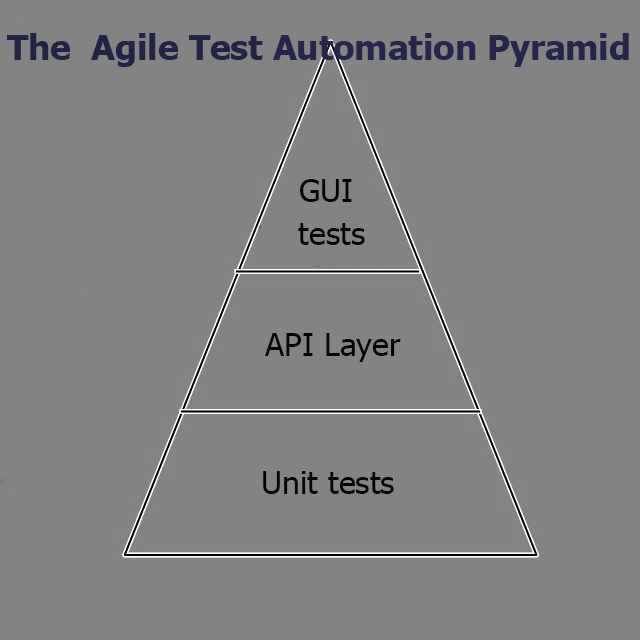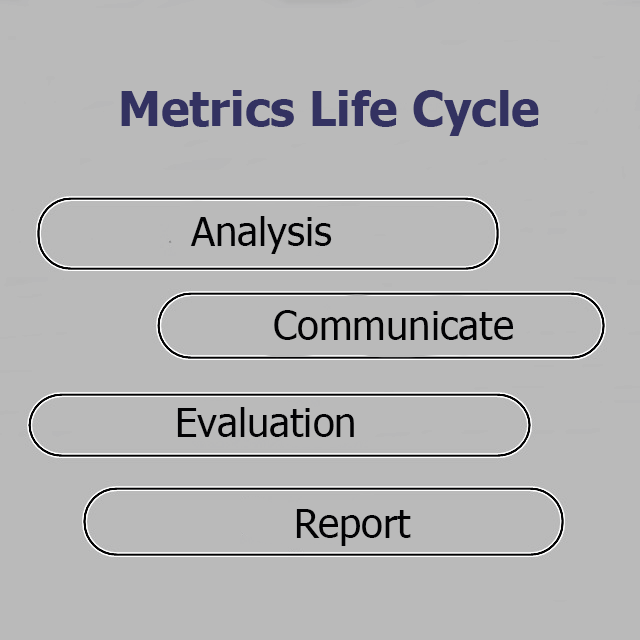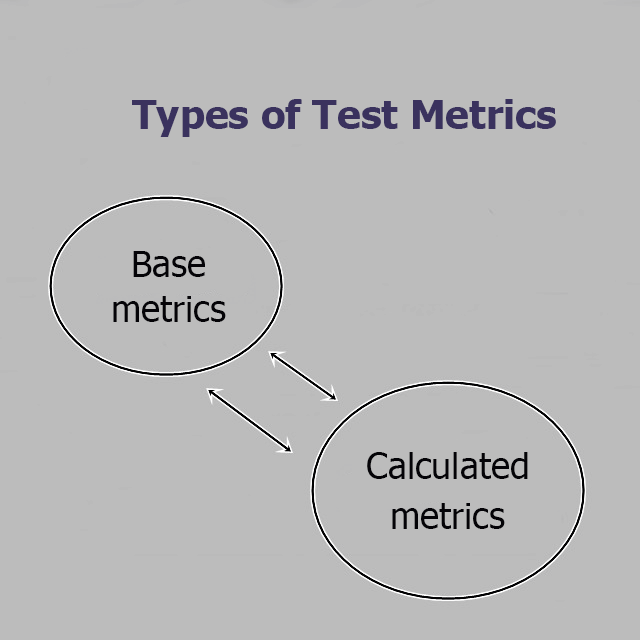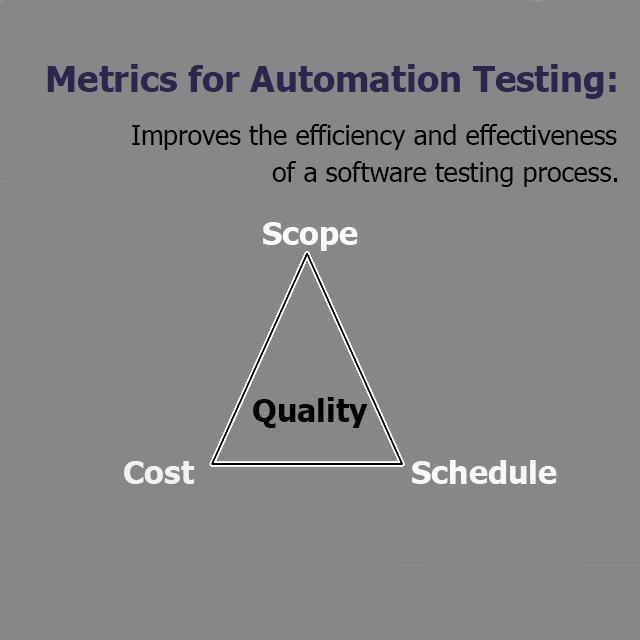The deployment of a test automation methodology on a project allows you significantly simplifying the process of software testing, saving client’s financial resources, as well as delivering a web product into production as soon as possible.
Traditionally, automation processes are an alternative to the manual testing method. Automation allows performing a lot of tests for a short period of time, improving the work of all planned and developed software functionality.
Of course, the introduction of such a form of testing is not an easy process, it requires maximum concentration and the use of the most appropriate and effective tools which can help you to measure the productivity and quality of a web product.
The automation strategy also makes it possible to understand whether the company benefits from using this form of testing and whether it makes sense to develop such a direction further.
The deployment of the automation process in the project should take into account the most common metrics as the basic test quality indicators (for example, the number of manual checks according to the programmed system tests). There is no universal group of metrics that can be used in any situation. You can always choose and compare.
Choosing the Methods for Automated Tests Execution
The testing pyramid is the most popular and high-demand pattern for creating a testing strategy in the field of QA services, which many web communities use when they plan a future automated testing methodology.

The Agile Test Automation Pyramid
As we see in the picture, the base of the pyramid is a unit tests suite. This is a kind of visual interpretation of the way how often, for example, the team of automation developers will integrate the generated program code into the repository.
If one performs unit tests, he/she will certainly come to the component tests (these are checks that mostly affect the software file system and databases). And, of course, there’re a lot of integration and acceptance checks of test cases.
If a team of specialists uses the TDD (test-driven development), then they have various unit tests with the help of which one can be sure that any unit of software code performs the functions, programmed on the original basis.
Work on unit tests is a very important procedure that allows you testing all possible ways of user interaction with software, finding all the bugs and inconsistencies of the specification before the official release. The concept of TDD metrics allows specialists quickly changing the code and testing new parts of the functionality, which are gradually covered by the maximum number of automated tests.
The benefits of such TDD are obvious: the project team will be able to collect a large number of useful and effective unit tests with which one can interact at any time (tests are constantly in working condition). You can also note the fact that the TDD helps even when the new functionality breaks down the former layers of the program logic since the previously created checks allow covering the software functionality again.
Unit and component tests are structurally the least expensive (in the context of creation and technical support) and have the practical value for a project team because they allow quickly finding a bug and deviations from the original software logic.
It is also important to understand that literally following the displayed hierarchy in the testing pyramid is not a very good idea, since it leads to problems in the automation project deployment and can significantly harm the correctly implemented software testing logic.

Metrics Life Cycle
The order of tests that a team should use during software testing must fully correspond to the classical business logic on a particular project. Sure, on the one hand, this may require a large amount of time and financial resources to reproduce the automation process, but on the other hand, it will create the high-quality and popular product, and the user won’t have obvious problems and inconveniences during the interaction with it.
In the central part of this pyramid, we can see acceptance and integration tests suites of the graphical interface, which are the most insignificant group of tests in automation.
After you choose the appropriate test metrics, it is important to select key performance indicators for the tests that can be used to measure the current software functionality. In other words, you must clearly understand that the web product consists of that logic and graphical content exactly that the client wished to see.
The use of quality indicators allows you personally analyzing the level of company productivity, as well as noting which steps and methods of automation have the maximum success in testing, and which should not be used in subsequent tests.

Types of Test Metrics
Despite the fact that today you can find a large number of metrics for automated software testing, we’ll analyze the four most popular key quality indicators that you can use for any web project.

4 Important Metrics for Automation Testing
Coverage Requirements
The quality of a web product is often assessed by its compliance with the requirements, which were predetermined by the client, accepted by the project manager, implemented by the developers and tested by QA specialists.
The coverage requirements metric clearly shows the efforts of the testing team, which get an answer to the question – how well has the software been tested? If you want to understand what requirements exactly need to be covered by automated tests, you need to divide the number of covered requirements by the total number of requirements for a sprint or release, for example.
As an addition to a competent and prioritized set of requirements, the project should have a so-called “in progress” indicator, which allows you preventing the uprising of “narrow” spots during web components testing. The “in progress” indicator is discussed by the project team at the beginning of software development.
Bug Distribution
The main goal of testing management on a project with the Agile methodology is to find and quickly fix bugs at the very early stages of product creation.
The metric of bug classification allows you analyzing the most problematic parts of the project.
The number of defects should be reduced according to the stages of product development: those parts of the project that can’t be covered with such a metric require special attention. Analytical indicators of the bug classification can be used to fix critical points, for example, problem requirements that force the developer to considerably modify the logic and functionality of the product.
Defect Open and Close Rate
It is extremely important for the QA department to keep statistics of the detected and fixed bugs during software development and testing. So if it’s time for final release the project manager can be completely sure that all the defects were successfully fixed. It is very important that the software be as clear and efficient as possible before its production.
Such a metric is the actual correlation between the number of bugs found after release and the number of errors that were detected during the testing.
This testing methodology also helps to ensure that the software testing process did not miss significant errors and defects. Low error rate after release is a good demonstration of the solid and efficient QA teamwork on the project, as well as the effectiveness of the interaction between the quality control and the development department.
Metrics Execution Trends
All the metrics listed above help the QA department understand which tests were performed, which functional blocks should be worked more carefully, and what knowledge needs to be improved in order to get a tendency to reduce the most common bugs on projects. Using metrics, you can evaluate the effectiveness of both the QA team and its members separately.
An analysis of simultaneous usage of several metrics in the testing process allows us to determine the current capabilities of the testing department to perform the tests on time and with the highest quality.

Metrics for Automated Testing
Conclusion
The final goal of any automation is to create a corporate testing culture by different departments and teams that are involved in the software creation process more or less.
When you use automated testing metrics, it is extremely important to have a universal tool which can help you to perform DevOps monitoring in real time, analyze the current state of automation, as well as parameters for multiple manual tests creating for flexible and specific projects.
In this context, we can emphasize the Zephyr’s Vortex tool, which can easily handle all automated tests from the entire development stack. This tool also allows you following the trends in the return on investment in the automation process both in one project and in the case of its reuse.










Leave A Comment